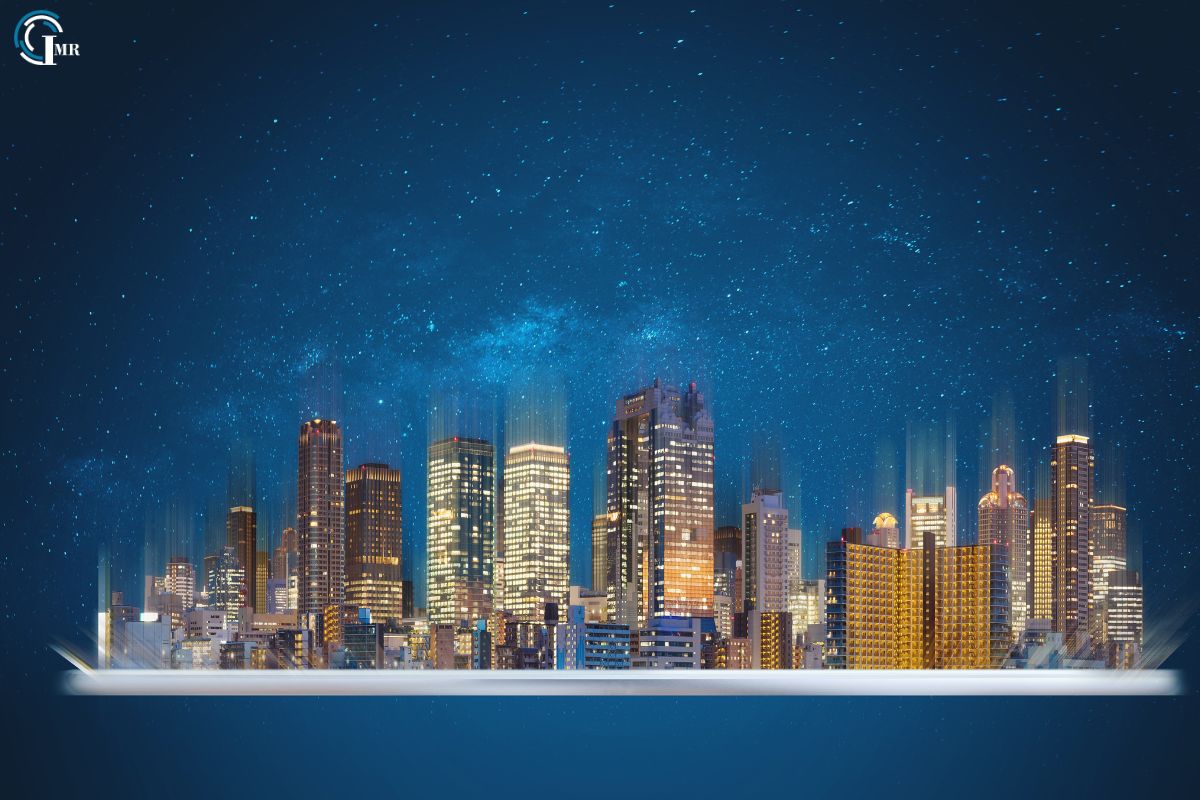The 5 Best New Age Architectural Projects

In recent years, the field of architecture has witnessed groundbreaking advancements that have redefined the skyline of our cities and the functionality of our built environment. These new-age architectural projects stand as testaments to human ingenuity, sustainability, and the harmonious blend of form and function. In this article, we will explore five of the best new-age architectural projects that exemplify these qualities and set new benchmarks for future developments.
Here Are the Top 5 New Age Architectural Projects:
1. The Vertical Forest – Milan, Italy
Introduction
The Vertical Forest (Bosco Verticale) in Milan, Italy, is an exemplary model of sustainable urban architecture. Designed by Stefano Boeri Architetti, this project consists of two residential towers adorned with over 900 trees and 20,000 plants, creating a living ecosystem that combats urban pollution and promotes biodiversity.
Design and Structure

The Vertical Forest’s design integrates green spaces into high-density urban living. Each apartment features extended balconies designed to accommodate trees and shrubs, which are selected based on their adaptability to the urban environment. The towers reach heights of 80 meters (the taller tower) and 112 meters (the shorter tower), making a striking visual statement against Milan’s skyline.
Environmental Impact
The foliage absorbs carbon dioxide, produces oxygen, and shields the building from solar radiation, reducing energy consumption. The Vertical Forest also fosters biodiversity by creating habitats for various bird and insect species, thus contributing to the urban ecosystem’s health.
Community and Living Experience
Residents of the Vertical Forest enjoy a unique living experience, with natural light, green views, and improved air quality enhancing their quality of life. The building’s innovative approach has inspired similar projects worldwide, making it a pioneer in sustainable residential architecture.
2. The Louvre Abu Dhabi – Abu Dhabi, UAE
Introduction
The Louvre Abu Dhabi, designed by Pritzker Prize-winning architect Jean Nouvel, is a masterpiece that merges traditional Islamic architecture with contemporary design. Located on Saadiyat Island, this museum is a cultural beacon that showcases art and artifacts from various civilizations.
Architectural Design
The Louvre Abu Dhabi’s most distinctive feature is its intricate dome, inspired by traditional Arab architecture. The dome, measuring 180 meters in diameter, consists of an interlaced pattern of geometric shapes that create a “rain of light” effect, mimicking the natural play of sunlight through palm fronds.
Integration with the Environment
The museum’s design incorporates passive cooling techniques, such as natural ventilation and the shading provided by the dome, to create a comfortable interior climate despite the harsh desert environment. The building is also designed to withstand rising sea levels, ensuring Architectural Projects’ longevity.
Cultural Significance
As a part of the larger Saadiyat Island Cultural District, the Louvre Abu Dhabi plays a crucial role in promoting cultural exchange and understanding. Its innovative design and cultural mission make it one of the most significant new-age architectural projects in the world.
3. The Edge – Amsterdam, Netherlands

Introduction
The Edge in Amsterdam, designed by PLP Architecture, is often hailed as the “smartest building in the world.” This office building for Deloitte and other tenants exemplifies the integration of technology and sustainability in architectural projects.
Smart Building Technologies
The Edge features a highly advanced digital infrastructure, including over 28,000 sensors that monitor lighting, temperature, humidity, and occupancy. Employees interact with the building via a smartphone app, which customizes their work environment, from lighting to coffee preferences.
Sustainability Features
The Edge is one of the greenest buildings in the world, with a BREEAM rating of “Outstanding.” Its energy-efficient design includes solar panels, rainwater harvesting, and a thermal energy storage system. The building generates more energy than it consumes, making it a net-positive energy building.
Workplace of the Future
The design of The Edge promotes collaboration and flexibility, with open-plan workspaces, communal areas, and state-of-the-art amenities. Its emphasis on technology and sustainability sets a new standard for modern workplaces and architectural projects.
4. The Vessel – New York City, USA

Introduction
The Vessel, located in the Hudson Yards development in New York City, is an iconic piece of public art and architecture designed by Thomas Heatherwick. This honeycomb-like structure serves as a centerpiece for the largest private real estate development in U.S. history.
Architectural Projects and Design
The Vessel consists of a series of interconnecting staircases, landings, and platforms that form a vertical labyrinth. Standing 150 feet tall, it offers visitors a unique perspective on the city through its 154 flights of stairs, 2,500 steps, and 80 landings.
Visitor Experience
The Vessel is designed to be an interactive experience, inviting visitors to explore and engage with the structure. The journey to the top provides stunning views of the Hudson River and the surrounding cityscape, making it a popular attraction for both tourists and locals.
Symbolism and Impact
The Vessel represents a new approach to public spaces, blending art and architecture to create a dynamic and engaging environment. Its innovative design and public accessibility make it a standout example of new-age architectural projects.
5. The Shanghai Tower – Shanghai, China
Introduction
The Shanghai Tower, designed by Gensler, is a symbol of China’s rapid urbanization and technological advancement. As the tallest building in China and the second tallest in the world, it exemplifies cutting-edge architectural design and engineering.
Structural Design
The Shanghai Tower’s unique twisting form reduces wind loads and enhances structural stability. The building rises 632 meters with 128 floors, housing offices, retail spaces, hotels, and observation decks. Its double-skin façade improves thermal insulation and energy efficiency.
Sustainable Features
The Shanghai Tower incorporates numerous sustainable features, including rainwater harvesting, wind turbines, and a high-efficiency heating and cooling system. Architectural Projects has received LEED Platinum certification, highlighting its commitment to environmental responsibility.
Urban Integration
The tower is part of the Lujiazui Finance and Trade Zone, contributing to Shanghai’s status as a global financial hub. Its design reflects the blend of traditional Chinese culture and modern innovation, making it a landmark in contemporary architecture.
Conclusion
These five architectural projects showcase the diversity and innovation that define new-age architecture. From sustainable residential towers and cultural landmarks to smart office buildings and public art installations, these projects demonstrate how Architectural Projects can address contemporary challenges and enhance the quality of life. As we look to the future, these examples inspire us to create buildings that are not only aesthetically pleasing but also environmentally responsible and technologically advanced.





Comments